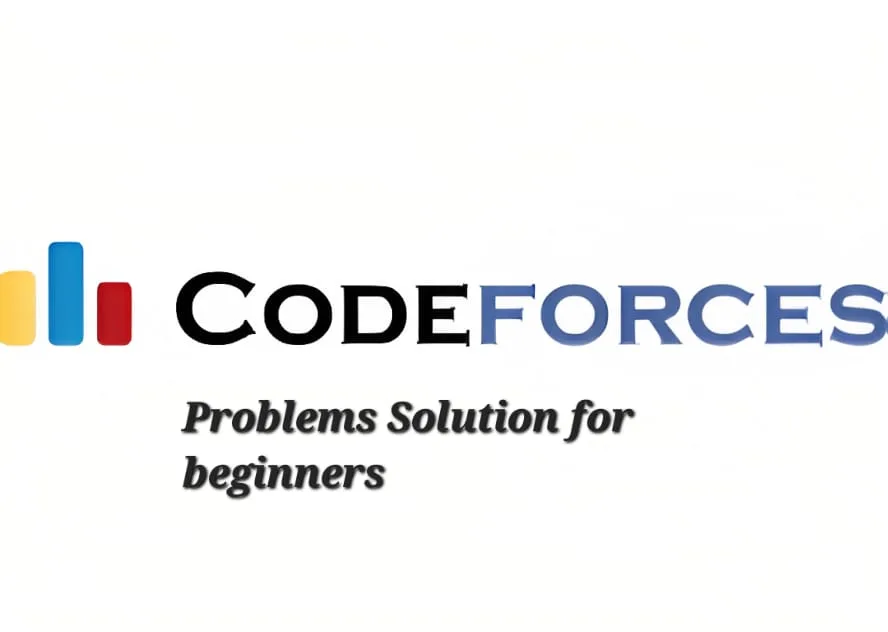In today’s world, most tasks that can be carried out without the assistance of a human being have been automated already. One such common element of automation is controlling mouse actions programmatically, particularly, the ability to simulate the action of clicking the mouse. In this tutorial, you will learn how to create a program that will simulate a click based on the C programming language and by the end of the tutorial you will be capable of doing it by yourself.
1. Introduction
The ability to control a computer’s mouse using alternate methods is also commonly referred to as mouse emulation or programmatic mouse control. This allows developers to create applications that can control Graphical User Interface (GUI) and perform certain actions without manual human intervention. Some of the common uses of this feature include:
- Any testing related to the application under development can be done without an actual user doing it, rather simulations are run
- Mask filtering for repetitive tasks
- Game bots or auto clickers
- Any instructional or demonstration that needs a simulation of users
C language is much favored for working click agents due to its performance, ability to work at the system level, and cross-platform support. Considering the advantages this language presents to users, it is possible to design and write operational and efficient click programs for different operating systems.
2. Basics of Mouse Interaction in C
Now before we move towards implementation let us look at the method of handling mouse events in C programming. Mouse input is in most cases encapsulated by platform-dependent APls and manipulate mouse events.
Key terms you need to know include:
- Status of mouse buttons (down/up)
- Position of mouse on a given surface (x, y coordinates)
- Types of events (single click, double click, move, etc)
Depending on your target operating system you will come across different APIs:
- On Windows: The Windows API has functions such as
mouse_event()andSendInput()that takes care of the mouse activity. - On Linux: The X11 library does have a provision for simulating mouse clicks using a function XTestFakeButtonEvent.
- On Mac: The Core Graphics framework has a function CGEventCreateMouseEvent to facilitate simulation on mouse events.
3. Setting Up Your Development Environment Before Practicing With C
The initial step for you will be installing your development environment, which is necessary for you to start working on the creation of a click program in C. You will need the following items:
- Any of the C compilers- GCC, Clang or Visual studio for windows.
- A text editor or Integrated Development Environment (IDE)
- C Library for the relevant system (Windows API for Windows, X11 for Linux)
For the Windows users:
# Install MinGW (GNU I686-Cross compiler toolchain) with GCC package.
For the Linux users:
# Install GCC and X11 system wildlife development libraries.
sudo apt-get update
sudo apt-get install gcc libx11-dev
The MacOS users:
# To get the clang install xcode command line tools.
xcode-select --install4. Creating a Basic C Program Structure.
Next, let’s implement the basic C program structure that we will enhance further:
#include <stdio.h>
#if defined(_WIN32)
#include <windows.h>
#elif defined(__linux__)
#include <X11/Xlib.h>
#include <X11/extensions/XTest.h>
#elif defined(__APPLE__)
#include <ApplicationServices/ApplicationServices.h>
#endif
int main()
{
printf("Mouse Click Program\n");
// implementation: do implement mouse click.
return 0;
}This structure contains all the header files required by reaching the particular operating systems zeroes in on and gives room for the newcomer for the click program.
5. Adding Mouse Click Support
Now let us add basic mouse click support under Windows. Taking Windows OS as an example, similar can be implemented for the rest of the operating system with respective libraries.
#include <stdio.h>
#include <windows.h>
void LeftClick() {
INPUT inpt;
inpt.type = INPUT_MOUSE;
inpt.mi.dwFlags = MOUSEEVENTF_LEFTDOWN;
SendInput( 1, &inpt, sizeof( INPUT ) );
inpt.mi.dwFlags = MOUSEEVENTF_LEFTUP;
SendInput( 1, &inpt, sizeof( INPUT ) );
}
int main(){
printf("Mouse Click Program\n");
printf("A left click will be initiated….\n");
LeftClick();
printf("Click was executed\n");
return 0;
}In this code let us note that a function called ‘LeftClick’ has been defined to left-click the mouse pointer by means of the Windows API. Here the SendInput() function is employed to execute a mouse input operation to the system.
In the forthcoming sections, we will be building up on this to include more attributes and cover various aspects of mouse clicks and their types.





